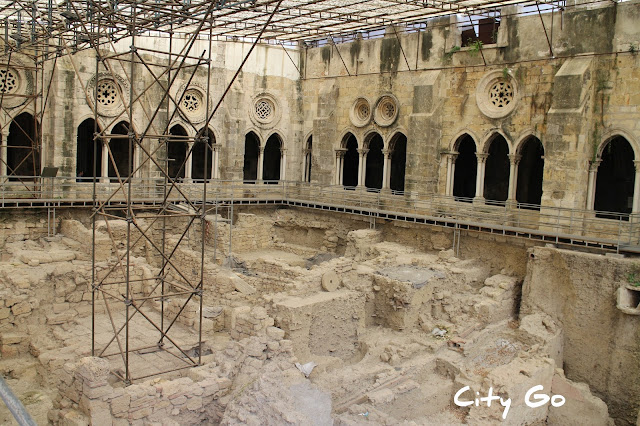Bruges, Belgium
The first fortifications were built during Roman times to protect the coastal area from pirates. After the decline of the Roman Empire, in the 4th century, the Franks took over the whole region.


The city is first mentioned in records, in the 9th century, as "Bruggas", a word that probably comes from the old Dutch, meaning bridge. In this century, Baldwin I of Flanders reinforced the Roman fortifications to protect the city from Viking attacks. The city quickly became an important international trading port but in the 12th century, the river Zwin started to silt up. Bruges adapted by building outports in Damme and Sluis after a storm created natural channel connecting the Zwin to the sea, and by taking advantage of its strategic location at the crossroads of the northern Hanseatic League and the southern trade routes.


By the 14th century Bruges was the warehouse of the northern Europe Hanseatic cities, as products, mainly cloth, profited from the shelter of the city walls. The city welcomed foreigners from many regions, such as Portuguese, Italians, Germans and Spaniards, which had their own representation there.


However, in the late 15th century Bruges started to decline, as Antwerp became more dominant and the cloth industry became less relevant. Art and architecture continued to flourish but by the 16th century, Bruges no longer held any great power. By the 1800s it was the poorest city in Belgium.


In the 20th century, the city recovered from this gloomy period becoming one of the first tourist destinations in the world. It also benefited from the construction of the Zeebrugge harbour, 10 miles away, which brought new industries to the region.


How to go: You can take the train from Brussels, which will take about one hour and cost €14.70 oneway (Dec. 2017).
More on Bruges:
Onze Lieve Vrouwekerk
More on Bruges:
Onze Lieve Vrouwekerk








Comments
Post a Comment